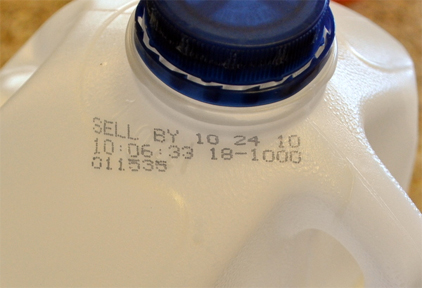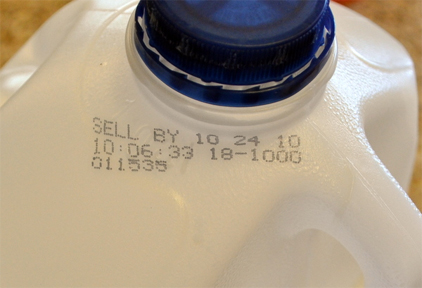
A new study from the National Resources Defense Council (NRDC) found 91 percent of US consumers occasionally throw away food based on a food’s “sell by” date out of mistaken concern over the product’s safety.
In addition, an estimated $900 million worth of expired foods is removed from retail shelves every year, and an estimated 160 billion pounds of food end up in landfills each year, making food waste the single largest solid waste source in the US.
NRDC blames a number of factors, including confusion over the difference between food package dates meant for communication to businesses and those intended for consumers. “Sell by” dates indicate to a grocer when a product should be removed from shelves to ensure it has a shelf life after consumer purchase, while “best before” and “use by” dates only indicate a manufacturer’s estimation of when food will no longer be at peak quality—not when it will be unsafe to eat.
“We need a standardized, commonsense date labeling system that actually provides useful information to consumers, rather than the unreliable, inconsistent and piecemeal system we have today,” says Emily Broad Leib, lead author of the report and director of Harvard Law School’s Food Law and Policy Clinic. “This comprehensive review provides a blueprint calling on the most influential date label enforcers—food industry actors and policymakers—to create and foster a better system that serves our health, pocketbooks and the environment.”
The report says that while FDA and USDA have the power to regulate food labeling and ensure consumers are not misled, they have failed to take steps to prevent confusion over expiration dates. NRDC recommends making “sell by” dates—that are often mistaken as safety dates—invisible to consumers, and establishing more consistent labeling practices that distinguish between safety- and quality-based dates.
View The Dating Game: How confusing food waste labels lead to food waste in America here.



